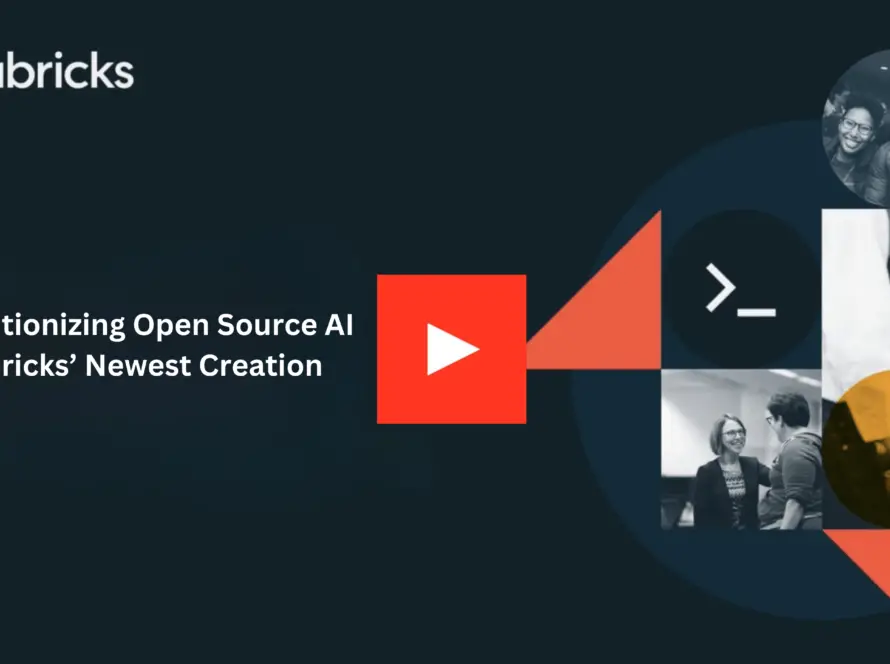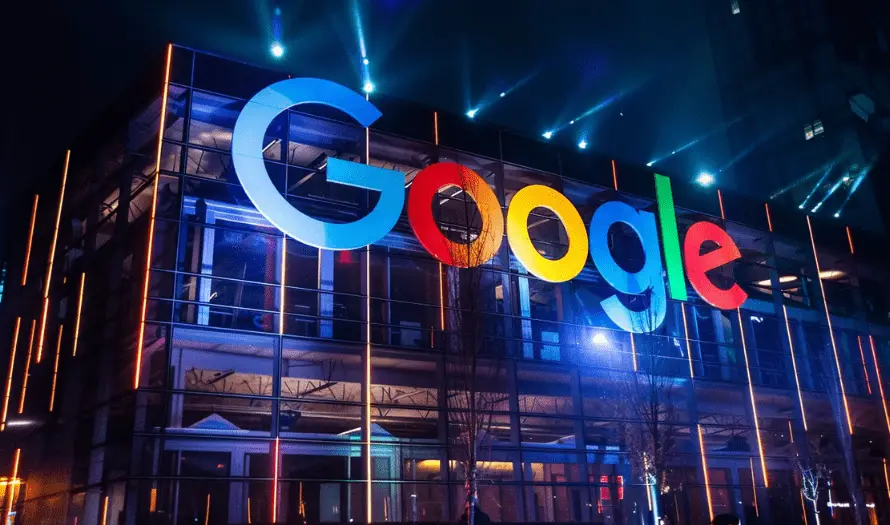The technology trends is undergoing a seismic shift, heralding a new era of innovation and transformation. This pivotal year is not just about incremental advancements but a radical reimagining of our interaction with technology. In insightful analysis, identifies the top 10 technology trends that are set to redefine our world.
These trends, ranging from the sophistication of Artificial Intelligence and Machine Learning to the groundbreaking potential of Quantum Computing, represent more than just technological progress; they signify a paradigm shift in our daily lives, industries, and societal structures.
Each trend, meticulously analysed by Mattey, reveals the intricate ways in which technology interweaves with various aspects of our existence.
From enhancing healthcare and finance through AI to revolutionizing communication with 5G, these trends promise to make our world more connected, efficient, and intelligent.
They also bring forth new challenges and ethical considerations, urging us to navigate this new terrain with responsibility and foresight.
As we explore these trends, we stand at the dawn of a new technological epoch, one brimming with opportunities and challenges, poised to reshape our future in ways we are just beginning to comprehend.
Artificial Intelligence and Machine Learning
Artificial Intelligence and Machine Learning stand at the vanguard of technological evolution, reshaping our interaction with the digital world and revolutionizing a multitude of industries.
The advancements in these fields have transitioned AI from a futuristic concept to an integral part of our daily lives, making it an omnipresent force that’s subtly yet significantly altering the way we live, work, and think.
AI, in its essence, is the simulation of human intelligence processes by machines, especially computer systems. These processes include learning, reasoning, and self-correction.
Initially conceptualized as a branch of computer science, AI has grown to become the backbone of contemporary technology, powering a wide array of tools and applications that we interact with daily. From the sophisticated algorithms that personalize our social media feeds to the intelligent voice assistants that have become household staples, AI’s influence is pervasive and growing.
Machine Learning, a pivotal subset of AI, has brought about a paradigm shift in how machines improve and evolve. By leveraging algorithms that learn from and make predictions on data, ML allows machines to adapt to new scenarios independently, enhancing their accuracy and efficiency without human intervention.
This ability to learn and improve from experience is what sets ML apart, making it a cornerstone of modern AI development. In healthcare, the impact of AI and ML has been groundbreaking. AI algorithms are being used to predict disease outbreaks, enhance diagnostic accuracy, and personalize patient care.
The integration of ML in analysing medical data has opened new frontiers in precision medicine, where treatments and medications are tailored to individual genetic profiles. In critical care, AI-driven systems provide real-time data analysis, aiding in quicker and more accurate decision-making.
The finance sector has also been transformed by AI and ML. Financial institutions are now employing AI to manage assets, assess risks, and detect fraud. ML algorithms excel in identifying patterns and anomalies in large datasets, a capability that’s crucial in predicting market trends and managing investment portfolios.
This shift towards AI-driven finance is making financial services more efficient, secure, and personalized. In the industrial and manufacturing sectors, AI and ML are key to automation. They are central to developing systems that can predict maintenance needs, optimize production processes, and enhance quality control.
By automating routine and repetitive tasks, AI and ML are not only increasing efficiency and productivity but also enabling workers to focus on more creative and strategic tasks.
AI and ML are revolutionizing customer service and experience. AI-driven chatbots and virtual assistants provide personalized customer interactions, making service more efficient and accessible. In retail, ML algorithms analyze consumer behavior to offer tailored recommendations, significantly enhancing the shopping experience.
The synergy of AI and ML is not without challenges, particularly in terms of ethical considerations and the potential for job displacement. As these technology continue to evolve, it’s imperative to address these concerns proactively, ensuring that their development and application are guided by principles that prioritize societal benefit and human welfare.
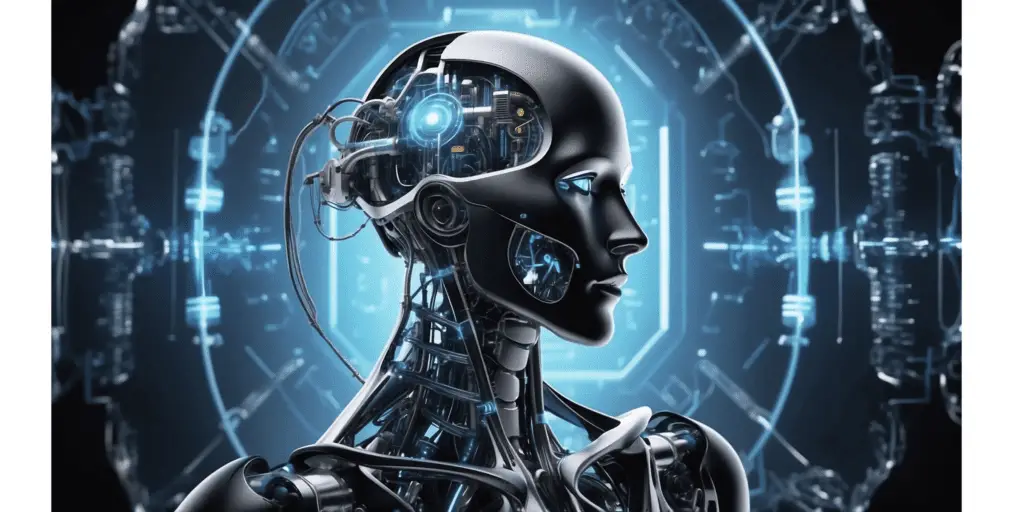
The 5G Revolution
The 5G Revolution stands out as a transformative force, reshaping the landscape of connectivity and unlocking a new realm of possibilities.
This fifth generation of wireless technology is more than just an incremental upgrade from its predecessors it’s a substantial leap forward, heralding a new era of ultra-fast, reliable, and efficient communication that is set to revolutionize how we interact with the digital world.
5G technology distinguishes itself with its unprecedented capabilities. It offers significantly higher data speeds, potentially 100 times faster than 4G technology, reducing download times to mere seconds.
This enhancement in speed is accompanied by a drastic reduction in latency, the time it takes for a signal to travel from the source to the receiver and back. This ultra-low latency is crucial for applications requiring real-time responses, such as autonomous vehicles and advanced gaming.
5G technology boasts a massive increase in bandwidth, allowing for the simultaneous connection of numerous devices without congestion or interference. This aspect is particularly vital as the Internet of Things continues to expand, integrating more devices into our daily lives.
The impact of 5G extends beyond just faster smartphones or more efficient video streaming. It’s a foundational technology that will drive innovation across various sectors. In healthcare, 5G enables telemedicine and remote surgery, allowing healthcare professionals to provide real-time guidance and intervention from afar.
For education, it opens up new avenues for immersive learning experiences through augmented and virtual reality. In the realm of smart cities, 5G will enhance the functionality of IoT devices, facilitating better traffic management, energy conservation, and public safety measures.
The deployment of 5G is not just a technological challenge but also an infrastructural one. It requires the installation of new hardware and the updating of existing networks, a process that demands considerable investment and coordination.
As we usher in this 5G era, it’s crucial to address concerns regarding network security and user privacy, ensuring a safe and secure digital environment for users.
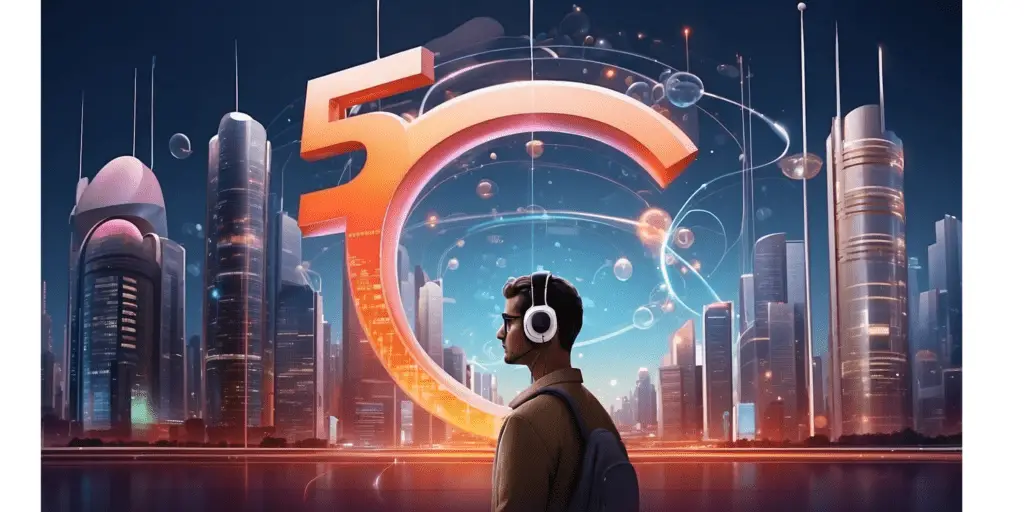
Edge Computing
Edge Computing emerges as a critical technology trend, marking a significant shift from centralized cloud computing to a more distributed computing framework. This paradigm shift brings data processing closer to the source of data generation, thereby enhancing efficiency, reducing latency, and enabling real-time analytics in ways that cloud computing cannot.
Edge Computing is fundamentally about processing data near the edge of the network, where the data is generated, instead of relying on a central data-processing warehouse.
This proximity to data sources not only reduces the distance data needs to travel, thereby decreasing latency, but also alleviates bandwidth usage. This is particularly vital for applications requiring instant data processing and action, such as autonomous vehicles, smart city infrastructure, and Internet of Things devices.
The applications of Edge Computing are diverse and far-reaching. In industrial settings, it enables real-time monitoring and decision-making for machinery and production processes, enhancing efficiency and safety.
In healthcare, Edge Computing facilitates immediate data analysis for patient monitoring devices, leading to quicker and more effective medical responses. In the realm of smart cities, it supports the seamless functioning of traffic systems, environmental monitoring, and public safety tools by processing data on the spot, ensuring timely and relevant actions.
Edge Computing plays a pivotal role in enhancing data privacy and security. By processing data locally, the amount of sensitive information transmitted over the internet is reduced, thereby decreasing the exposure to potential data breaches and cyber-attacks.
This aspect is increasingly crucial as data privacy becomes a paramount concern for individuals and organizations alike.
Another key advantage of Edge Computing is its ability to operate reliably in remote or unstable environments where connectivity to a central cloud is limited or inconsistent. This makes it ideal for applications in remote industrial sites, maritime operations, or rural areas.
Despite its advantages, Edge Computing faces challenges, such as the need for significant infrastructure investment and the complexities of managing and securing edge devices. As technology continues to advance, solutions are emerging to address these challenges, making Edge Computing an increasingly viable and essential component of modern IT infrastructure.
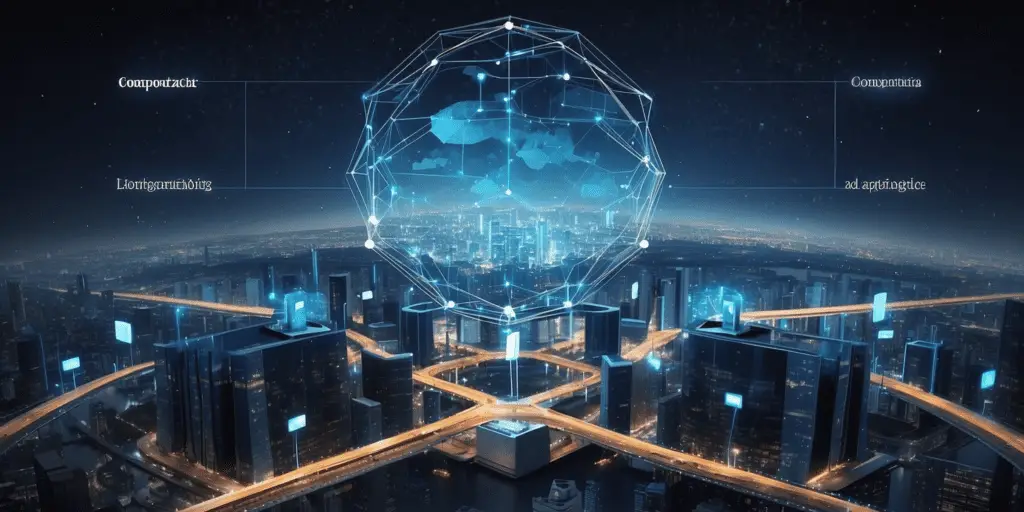
Blockchain and Cryptocurrencies
Blockchain and Cryptocurrencies continue to stand out as significant technological trends, transcending their initial financial applications to offer transformative potential across various industries.
Blockchain technology, at its core, is a decentralized and distributed ledger that records transactions across multiple computers in a way that ensures security, transparency, and immutability. This groundbreaking technology, which gained initial prominence with the advent of cryptocurrencies like Bitcoin, is now finding diverse applications beyond digital currencies.
Cryptocurrencies, the most well-known application of blockchain, represent a radical shift in the concept of money. They are digital or virtual currencies that use cryptography for security, making them difficult to counterfeit.
The decentralized nature of blockchain technology means that cryptocurrencies operate without a central authority, offering a new level of freedom and autonomy in financial transactions.
The impact of blockchain technology extends far beyond cryptocurrencies. In the supply chain sector, blockchain introduces transparency and traceability, allowing for the tracking of goods from production to delivery, thereby reducing fraud and errors.
In the realm of finance, it offers the potential for faster and more secure transactions, streamlining processes, and reducing costs associated with traditional banking.
Smart contracts are another revolutionary aspect of blockchain technology. These are self-executing contracts with the terms of the agreement between buyer and seller directly written into lines of code.
Smart contracts automate and enforce contractual obligations, reducing the need for intermediaries and increasing efficiency and security in various transactions.
The emergence of Non-Fungible Tokens has also gained significant attention. NFTs represent a unique digital asset whose ownership and authenticity are verified on a blockchain.
They have become particularly popular in the art and entertainment industries, offering a new way to buy, sell, and collect digital art and other media.
Despite its potential, the blockchain and cryptocurrency domain faces challenges, including regulatory uncertainty, scalability issues, and environmental concerns, particularly related to the energy-intensive process of mining cryptocurrencies.
Ongoing innovations in blockchain technology, such as the development of more energy-efficient consensus mechanisms, are addressing these challenges.

Extended Reality
Extended Reality stands as a prominent and rapidly evolving technological trend, encompassing Virtual Reality , Augmented Reality and Mixed Reality. This umbrella term, XR, represents the merging of all immersive technologies, where the virtual and real-world environments are combined.
The advancements in XR are reshaping entertainment, education, healthcare, and numerous other industries, offering new ways to interact with the world around us.
Virtual Reality immerses users in a fully artificial environment. With VR headsets and motion tracking technology, users can experience and interact with a 3D world that simulates a variety of scenarios, from gaming and entertainment to training simulations.
VR’s power lies in its ability to transport users to different places and situations, enabling experiences that are either impractical or impossible in the real world.
Augmented Reality, on the other hand, enhances the real world by overlaying digital information onto it. Unlike VR, AR does not create a fully artificial environment but rather adds graphics, sounds, haptic feedback, or other sensory enhancements to the existing environment.
This technology is widely used in mobile applications, allowing users to see additional information when viewing objects through their device’s camera, enhancing both educational and retail experiences.
Mixed Reality is often seen as a blend of AR and VR, where real and virtual worlds merge to create new environments and visualizations where physical and digital objects co-exist and interact in real time.
MR offers more immersive and interactive experiences than AR, providing users the ability to manipulate both physical and virtual items and environments.
The applications of XR technologies are diverse. In gaming and entertainment, XR provides immersive experiences that were previously unimaginable, allowing users to be ‘inside’ the game or interact with a movie as part of the story.
XR technologies offer new ways to engage students, from interactive 3D models in science classes to virtual field trips to historical sites.
Healthcare is another field that is significantly benefiting from XR technologies. Surgeons are using these tools for preoperative planning and even for guidance during procedures. In mental health, VR has been used for exposure therapy for patients with phobias or PTSD.
The retail and real estate industries are also adopting XR for virtual tours and showcasing products. Customers can visualize furniture in their homes or try on clothes virtually before making a purchase.
As XR technology continues to advance in 2024, its integration becomes more seamless and accessible. The development of lighter, wireless VR headsets, improved AR glasses, and more intuitive MR interfaces is making these technologies more user-friendly and widespread.
Challenges such as the high cost of devices, the need for robust computing power, and potential health impacts like motion sickness still need to be addressed.
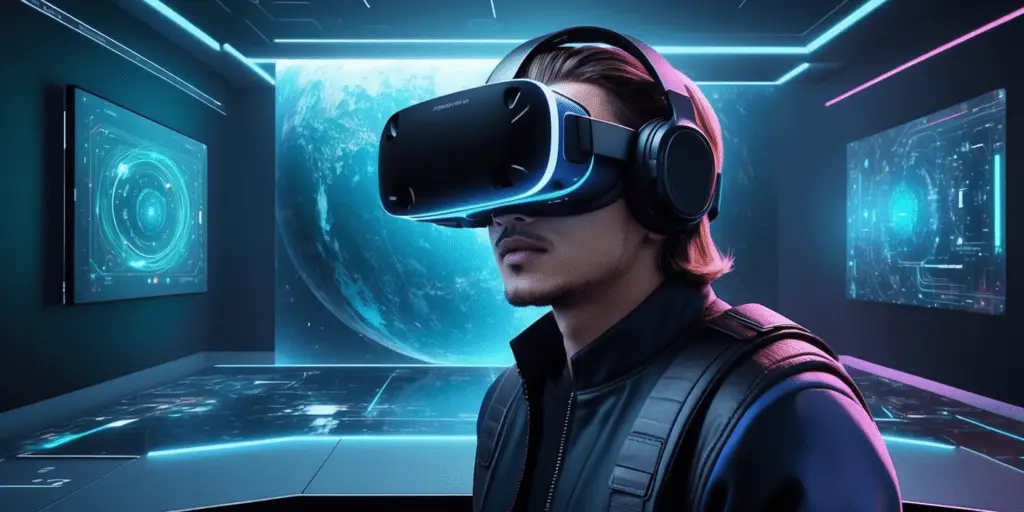
Cybersecurity Innovations
Cybersecurity innovations have become increasingly critical in the face of evolving digital threats. In a world where digital interconnectivity is ever-expanding, the significance of robust cybersecurity measures cannot be understated.
These innovations are essential in safeguarding sensitive information, protecting critical infrastructure, and ensuring the overall security of digital ecosystems.
The growing importance of cybersecurity stems from the escalating frequency and sophistication of cyber threats. With the proliferation of digital devices and the increasing amount of sensitive data being stored and transmitted online, vulnerabilities are more prevalent.
Cybersecurity is no longer an auxiliary aspect of IT strategy; it has become a fundamental necessity, integral to the protection of personal data, corporate information, and national security.
One of the key roles in enhancing cybersecurity is played by Artificial Intelligence (AI). AI algorithms are increasingly employed in threat detection and response, analyzing vast datasets to identify patterns indicative of cyber-attacks.
These AI-driven systems are capable of recognizing even the subtlest anomalies in network traffic or user behaviour, allowing organizations to proactively identify and mitigate potential threats before they escalate.
Machine Learning, a subset of AI, is particularly impactful in cybersecurity. It enables systems to learn from past incidents and adapt to new types of attacks. This adaptability is crucial in an environment where threat actors continuously evolve their tactics. Machine Learning models can analyse patterns in data to predict and identify attack strategies, enhancing the effectiveness of cybersecurity measures.
The cybersecurity landscape is also marked by the emergence of new technologies and strategies. One such approach is the zero-trust security model, which operates on the principle that no entity, whether inside or outside the network, should be automatically trusted.
This model requires verification at every point of access, significantly reducing the potential for breaches. Biometric authentication methods, such as facial recognition and fingerprint scanning, add another layer of security, leveraging unique physical characteristics to ensure that access to systems and data is granted only to authorized individuals.
The integration of blockchain technology in cybersecurity presents a novel approach to secure and tamper-proof record-keeping. Blockchain’s decentralized nature makes it extremely difficult for cyber attackers to manipulate data across the entire chain, thereby enhancing data integrity and security.
As cybersecurity technologies evolve, so do the tactics of cybercriminals. The challenge in 2024 and beyond lies in staying ahead of these threats, requiring continuous innovation, vigilance, and investment in cybersecurity infrastructure and expertise.
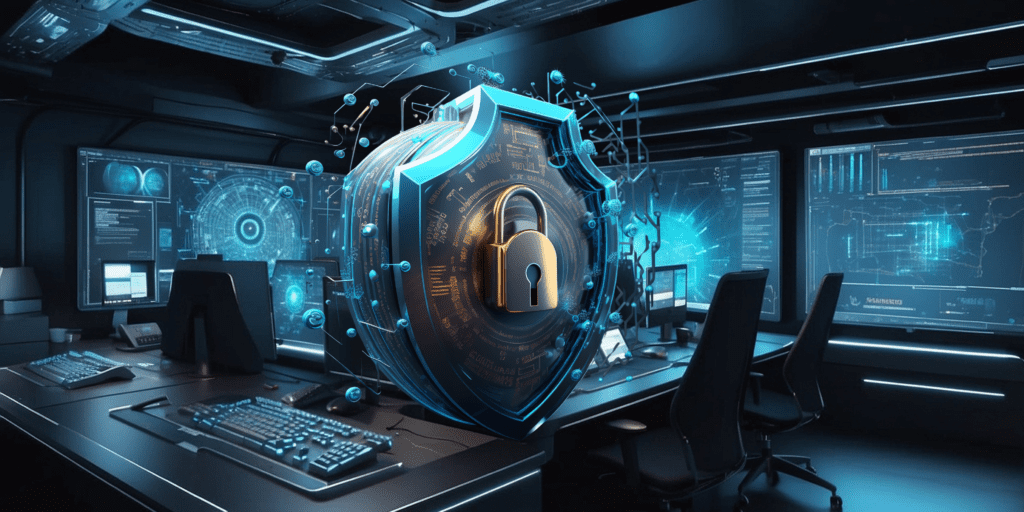
Internet of Things
The Internet of Things continues to be a driving force in the technological landscape, fundamentally transforming how we interact with the world around us. IoT refers to the network of physical objects — “things” — embedded with sensors, software, and other technologies for the purpose of connecting and exchanging data with other devices and systems over the internet.
This interconnected web of devices is revolutionizing various sectors, from smart homes to industrial automation, offering enhanced efficiency, convenience, and data-driven decision-making.
The expansion of IoT devices and networks is remarkable, with an ever-increasing array of objects being equipped with internet connectivity and smart capabilities. These devices range from everyday household items like refrigerators and thermostats to more complex systems such as autonomous vehicles and smart city infrastructures.
The ubiquity of IoT devices has led to the generation of vast amounts of data, providing valuable insights that can be leveraged to optimize processes, predict maintenance needs, and enhance customer experiences.
One of the most visible impacts of IoT is in the development of smart homes. IoT devices in homes, such as smart thermostats, lighting systems, and security cameras, offer homeowners convenience, energy efficiency, and enhanced security.
They can be controlled remotely via smartphones or other devices, creating a connected and responsive living environment.
In the industrial sector, IoT is a key component of Industry 4.0, enabling greater automation, improved communication, and enhanced efficiency in manufacturing processes. Sensors on machinery can monitor performance and predict maintenance needs, minimizing downtime and extending equipment life.
In agriculture, IoT applications, such as soil sensors and climate control systems, are revolutionizing farming practices, leading to increased crop yields and sustainable practices. IoT also plays a crucial role in the development of smart cities.
Sensors and connected devices are used for various purposes, including monitoring traffic flow, managing waste, and conserving energy. This real-time data collection and analysis can improve city services, reduce costs, and enhance the quality of life for residents.
The rapid expansion of IoT also presents challenges, particularly in terms of security and privacy. With more devices being connected, the risk of data breaches and cyberattacks increases. Ensuring the security of IoT devices and the data they generate is a significant concern that requires ongoing attention and innovation.
The integration and interoperability of various IoT devices and systems can be complex. Standards and protocols need to be established to ensure that devices from different manufacturers can communicate effectively and work together seamlessly.
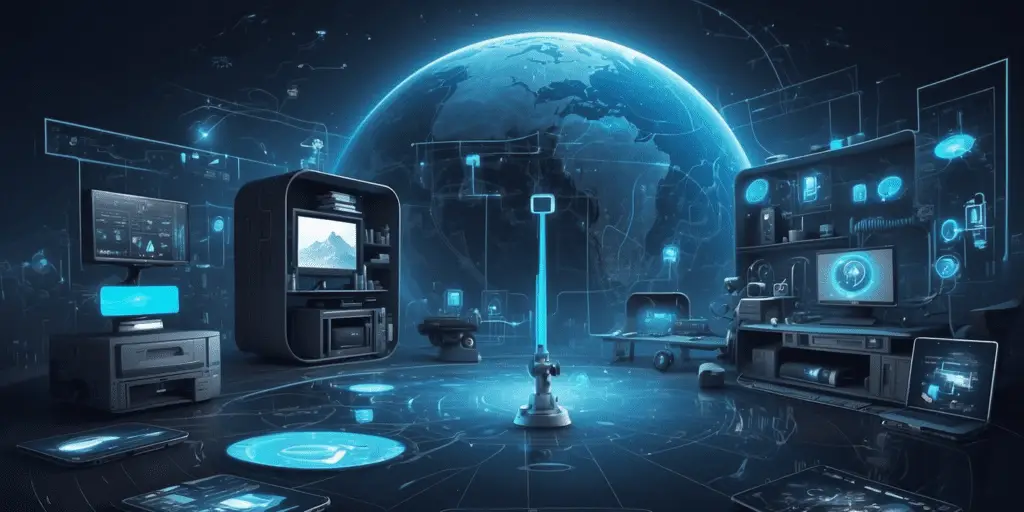
Robotics and Automation
Robotics and Automation continue to redefine the landscape of numerous industries, representing a significant trend in technology that is reshaping the way we work and live.
This era is marked by the increasingly sophisticated integration of robotic systems and automated processes in various sectors, from manufacturing and logistics to healthcare and customer service.
Automation technologies, powered by advances in robotics and artificial intelligence, are streamlining processes across diverse industries. In manufacturing, robotic arms and automated machinery have become integral, enhancing production efficiency, precision, and safety.
Technology is not just replacing repetitive or hazardous tasks; they are also augmenting human capabilities, leading to a new era of collaboration between humans and machines.
In logistics and supply chain management, automation is revolutionizing warehouse operations. Autonomous vehicles, drones, and robotic picking systems are increasing the speed and accuracy of order fulfilment, drastically reducing the time from warehouse to customer.
This shift is particularly significant in an e-commerce-driven world where speed and efficiency are paramount.
Robotic Process Automation is another key aspect of this trend. RPA involves the use of software robots, or ‘bots,’ to automate routine, rule-based digital tasks.
By mimicking human actions in interacting with digital systems, RPA bots can handle tasks such as data entry, invoice processing, and customer queries. This not only increases efficiency and accuracy but also allows human employees to focus on more complex and strategic tasks.
In finance, it is used for processing transactions and compliance monitoring. In healthcare, RPA assists in patient scheduling, billing, and maintaining records, thereby improving administrative efficiency and patient care quality.
Looking forward, the future of robotics and automation is rich with possibilities. Collaborative robots, or cobots designed to work alongside humans, are becoming more prevalent.
These cobots are enhancing productivity and safety in workplaces, especially in environments that are unsuitable or challenging for humans alone.
Advances in AI-driven robotics are enabling machines to adapt and learn in real time, expanding their capabilities beyond pre-programmed tasks. This adaptability is crucial in environments that are dynamic and unpredictable, such as outdoor agricultural settings or complex urban landscapes.
The rise of robotics and automation also brings challenges, particularly in terms of workforce impact. As automation becomes more widespread, there is a growing need for reskilling and upskilling programs to prepare workers for the changing job landscape.
Ethical considerations around the deployment of robots, especially in sensitive areas such as healthcare and elder care, need careful deliberation.
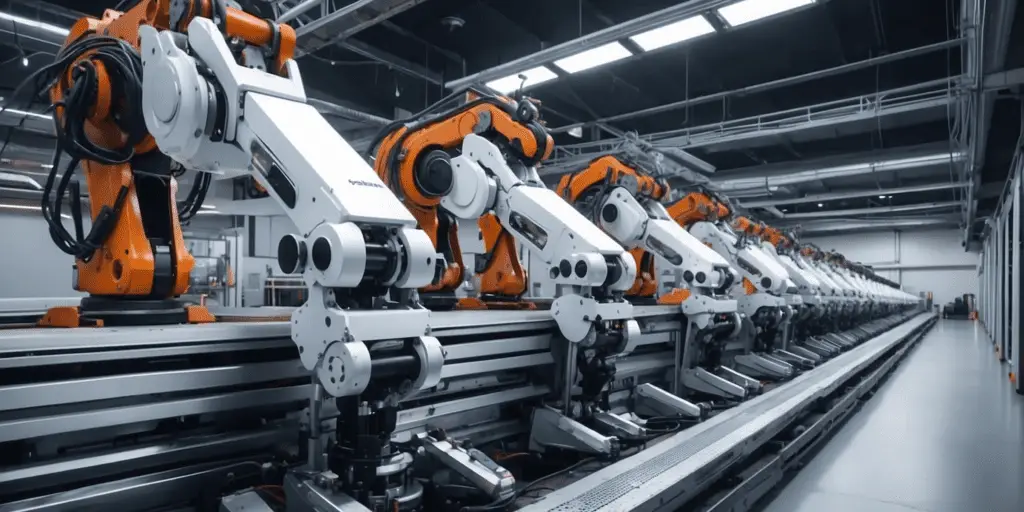
Biotechnology and Genomics
Interconnected fields of Biotechnology and Genomics continue to forge new frontiers in scientific innovation, significantly impacting healthcare, agriculture, and environmental science.
Biotechnology, leveraging cellular and biomolecular processes, has been instrumental in developing advanced therapies, vaccines, and diagnostic tools.
It harnesses the power of genetic manipulation, cell therapy, and other novel techniques to address complex biological challenges. A notable example of such innovation is CRISPR-Cas9 technology. This groundbreaking gene-editing tool has revolutionized our ability to modify DNA with precision.
This technology holds immense potential, from correcting genetic disorders to enhancing crop resilience. Yet, it also brings forth significant ethical considerations, particularly in its application to human genetics.
The realm of healthcare has been particularly transformed by these advancements. Biotechnology and genomics are at the heart of personalized medicine, where treatments are tailored to individual genetic profiles, enhancing efficacy and reducing adverse reactions.
This personalized approach extends to the development of targeted therapies for various diseases, rooted in a deeper understanding of their genetic basis.
In agriculture, biotechnology has facilitated the creation of genetically modified crops that are more resistant to pests and environmental stresses, addressing critical food security challenges in an era of climate change.
Environmental biotechnology also emerges as a key player in 2024, offering innovative solutions to ecological challenges. This includes the development of sustainable, biodegradable materials and biofuels and employing microorganisms for environmental remediation.
These advancements are not without their challenges. The safety and environmental impact of genetically modified organisms, ethical implications of human genetic modification, and concerns about genetic privacy and discrimination are just a few of the issues that need to be navigated carefully.
As we progress through 2024, biotechnology and genomics continue to be pivotal in driving scientific and technological progress. Their potential to improve health outcomes, enhance agricultural productivity, and protect the environment is unparalleled.
This journey is accompanied by the responsibility to address the ethical, safety, and societal implications that these powerful technologies entail.
Balancing innovation with thoughtful stewardship is key to harnessing the full potential of biotechnology and genomics while ensuring their beneficial impact on society and the environment.
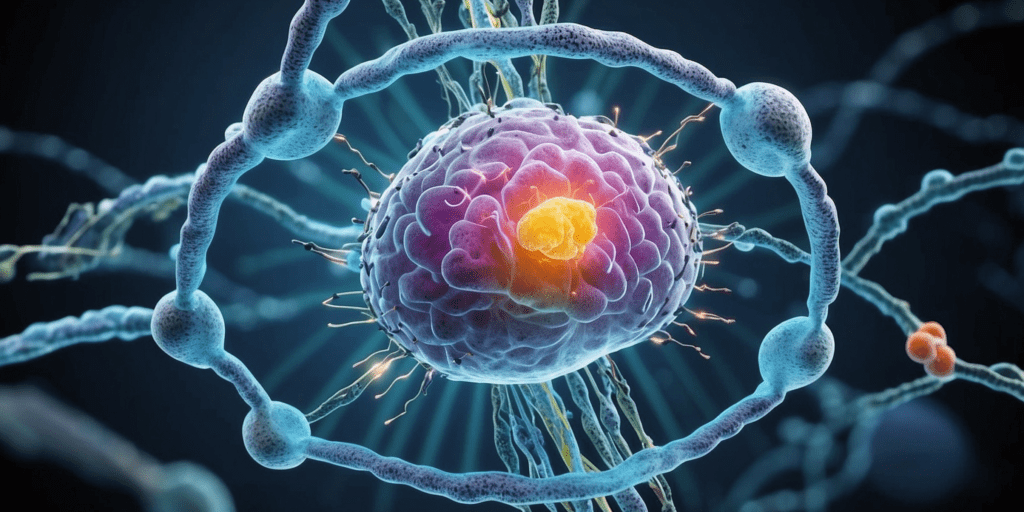
Final thoughts
The technology landscape of 2024, it is clear that we are witnessing an era of unprecedented innovation and transformation.
The top 10 technology trends – Artificial Intelligence and Machine Learning, the 5G Revolution, Edge Computing, Blockchain and Cryptocurrencies, Extended Reality (XR), Cybersecurity Innovations, Quantum Computing, Internet of Things (IoT), Robotics and Automation, and Biotechnology and Genomics – are not just reshaping industries and societies; they are redefining the very fabric of our daily lives.
The advancements in AI and ML are revolutionizing how we interact with technology, making it more intuitive and efficient. The 5G Revolution is unlocking new possibilities in connectivity, enabling faster, more reliable communication that is set to transform how we experience the internet.
Edge Computing is bringing data processing closer to the source, enhancing speed and efficiency, particularly in IoT and real-time applications. Blockchain and Cryptocurrencies are challenging traditional financial systems and introducing new paradigms in security and transparency.
Extended Reality is blurring the lines between the physical and digital worlds, creating immersive experiences that were once the realm of science fiction. Cybersecurity innovations continue to be a critical focus, as the increasing digitization of our lives demands more robust and sophisticated protection mechanisms.
Quantum Computing, though still in its nascent stages, holds the promise of solving complex problems at speeds unimaginable today. The Internet of Things is making our world more interconnected than ever, turning everyday objects into smart, data-gathering devices.
Robotics and Automation are not only enhancing productivity but also revolutionizing the workforce, necessitating a shift in skills and jobs. Biotechnology and Genomics are leading us into a new era of medical breakthroughs and sustainable solutions, offering hope for some of today’s most pressing challenges.
These technological advancements are not without challenges. Ethical considerations, privacy concerns, and the potential for societal disruption are intertwined with these innovations. As we embrace these technologies, it is imperative to approach them with a balanced perspective, considering not only their potential but also the responsibilities they entail.
The year 2024 marks a pivotal moment in technological evolution. These top 10 technology trends are laying the groundwork for a more connected, efficient, and innovative future. As we navigate this rapidly changing landscape, our focus must not only be on harnessing these technologies but also on ensuring they contribute positively to society, addressing global challenges, and enhancing the human experience.

